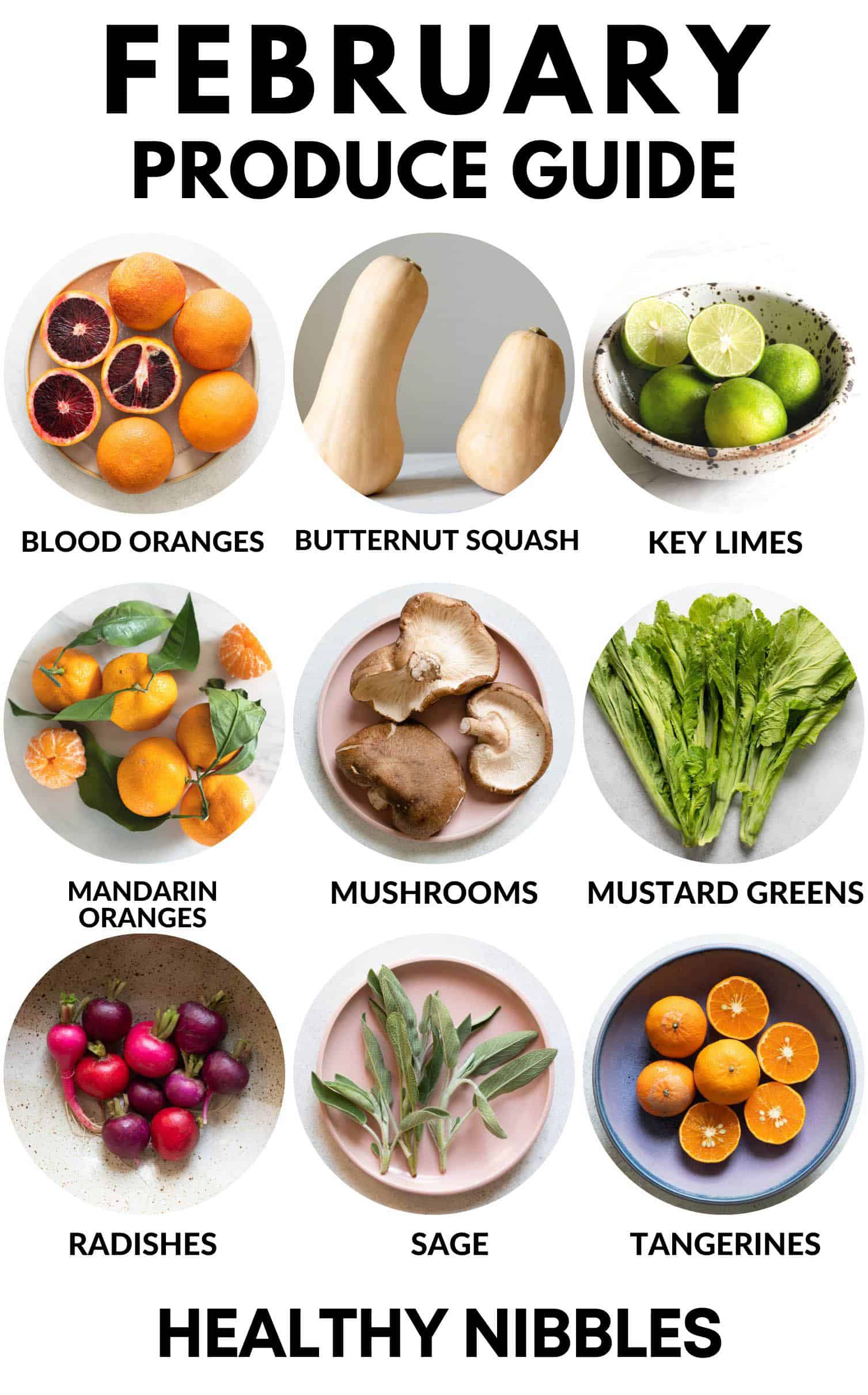
You’ll notice a list dominated almost entirely by citrus this month! That’s because winter is actually the best time for so many citrus varieties, especially in the Sacramento area. I’ve said it before, but with cold and flu season coming, at least there won’t be a shortage of vitamin C. As the Lunar New Year can often extend into February as well, this is also the perfect time for promising citrus displays from pomelos and tangerines with their green leaves and stalks still clinging.
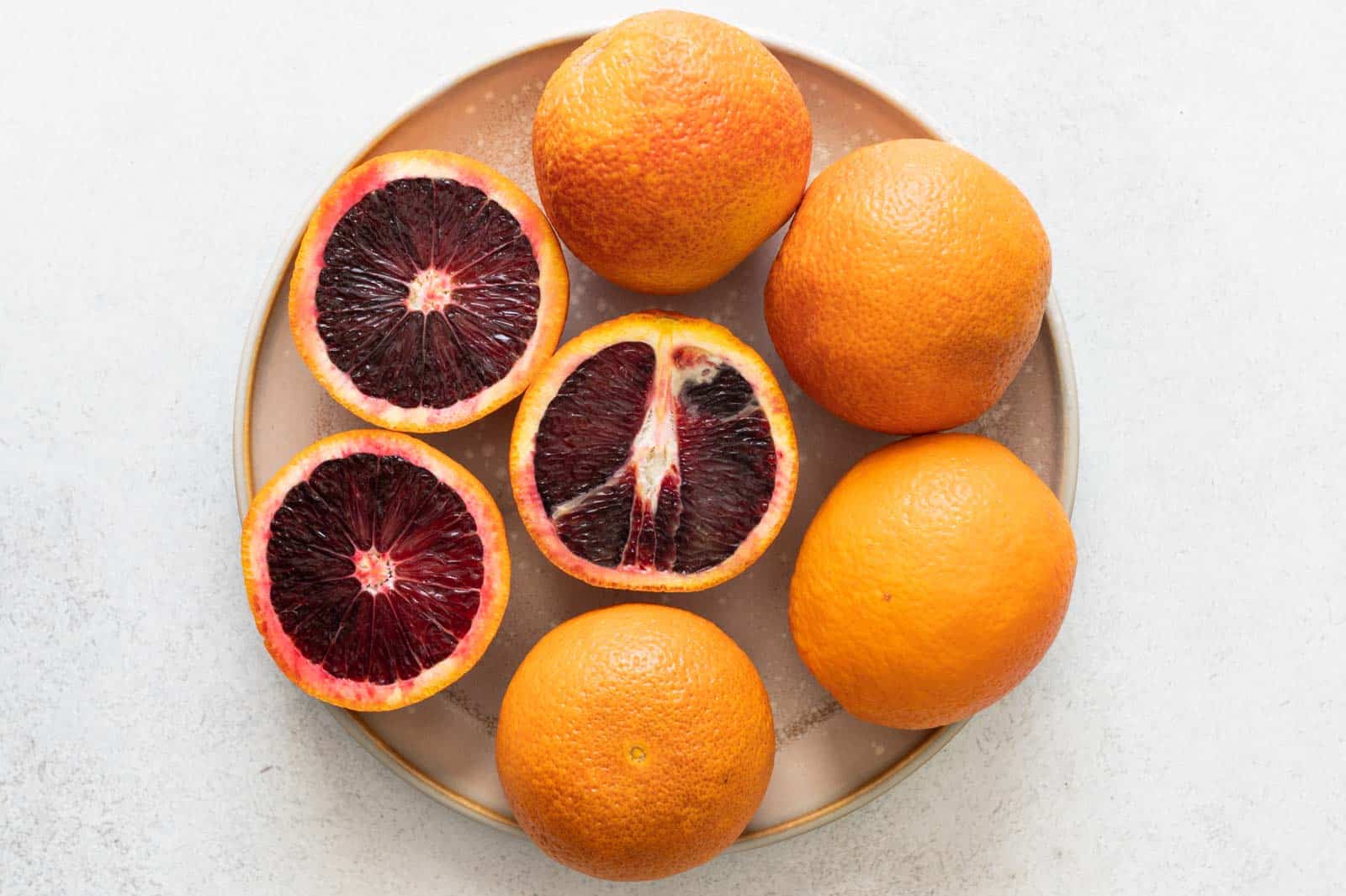
BLOOD ORANGES
True to their name, blood oranges have inner flesh that ranges from light orange with a red streak, to bright deep pink, to deep wine red. Blood oranges owe their gorgeous color to anthocyanins, the same naturally occurring pigments that make blueberries blue. Depending on the blood orange variety, their skins can be reddish in color and are often smaller in size than regular navel oranges. However, not all shells have this reddish tint, so be sure to ask the farmer!
HOW TO SELECT AND STORE BLOOD ORANGES
Similar to other citrus fruits, choose blood oranges that are smooth with no mushy or black spots. Store blood oranges in peels (and not in plastic bags or other non-breathable items) at room temperature for up to a week.
RECIPES WITH BLOOD ORANGES
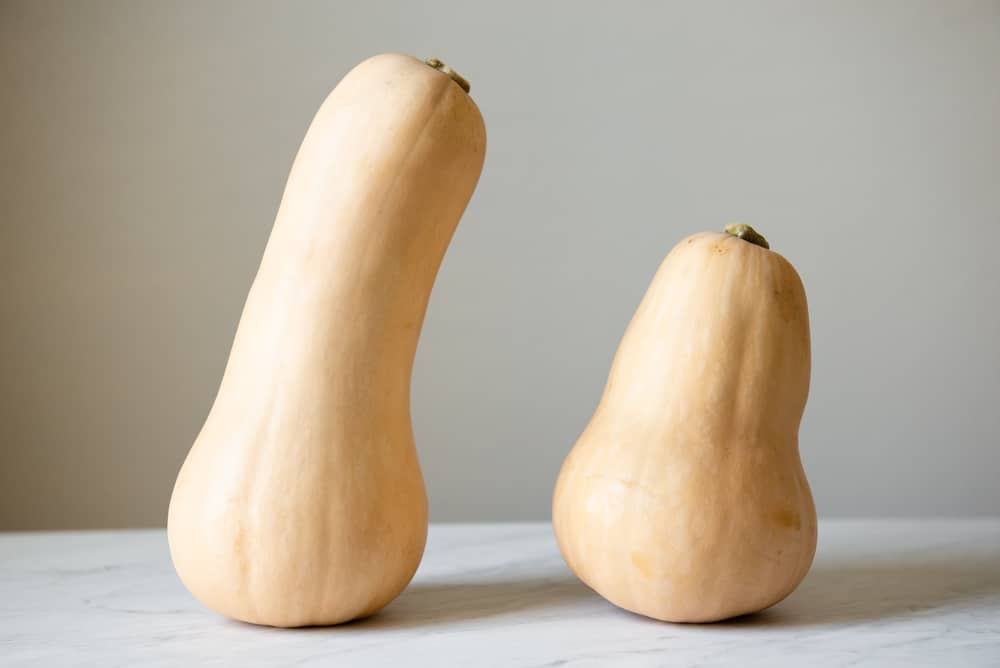
BUTTERUT PUMPKIN
This bulbous winter squash has a thick brown skin and golden-orange flesh underneath. The broader base of the onion contains seeds that can be roasted like pumpkin seeds. The pulp itself takes on an incredible sweetness after roasting. I dare not snack on the pieces after roasting, especially knowing that this squash contains vitamins A, B, and C!
How do you cut a butternut squash? This pumpkin can look intimidating than it really is. Check out my instructions for slicing butternut squash and making butternut squash puree for soups and baked goods.
HOW TO CHOOSE AND STORE BUTTERNUT PUMPKIN?
Choose butternut squash that is smooth on the outside and evenly colored. Butternut squash can be stored at room temperature in a cool, dry place for a month. However, if you keep the squash for too long, the middle of the neck will dry out. That means you can include it as part of your fall decor and still have it for soup a month later!
BUTTERUT PUMPKIN RECIPES
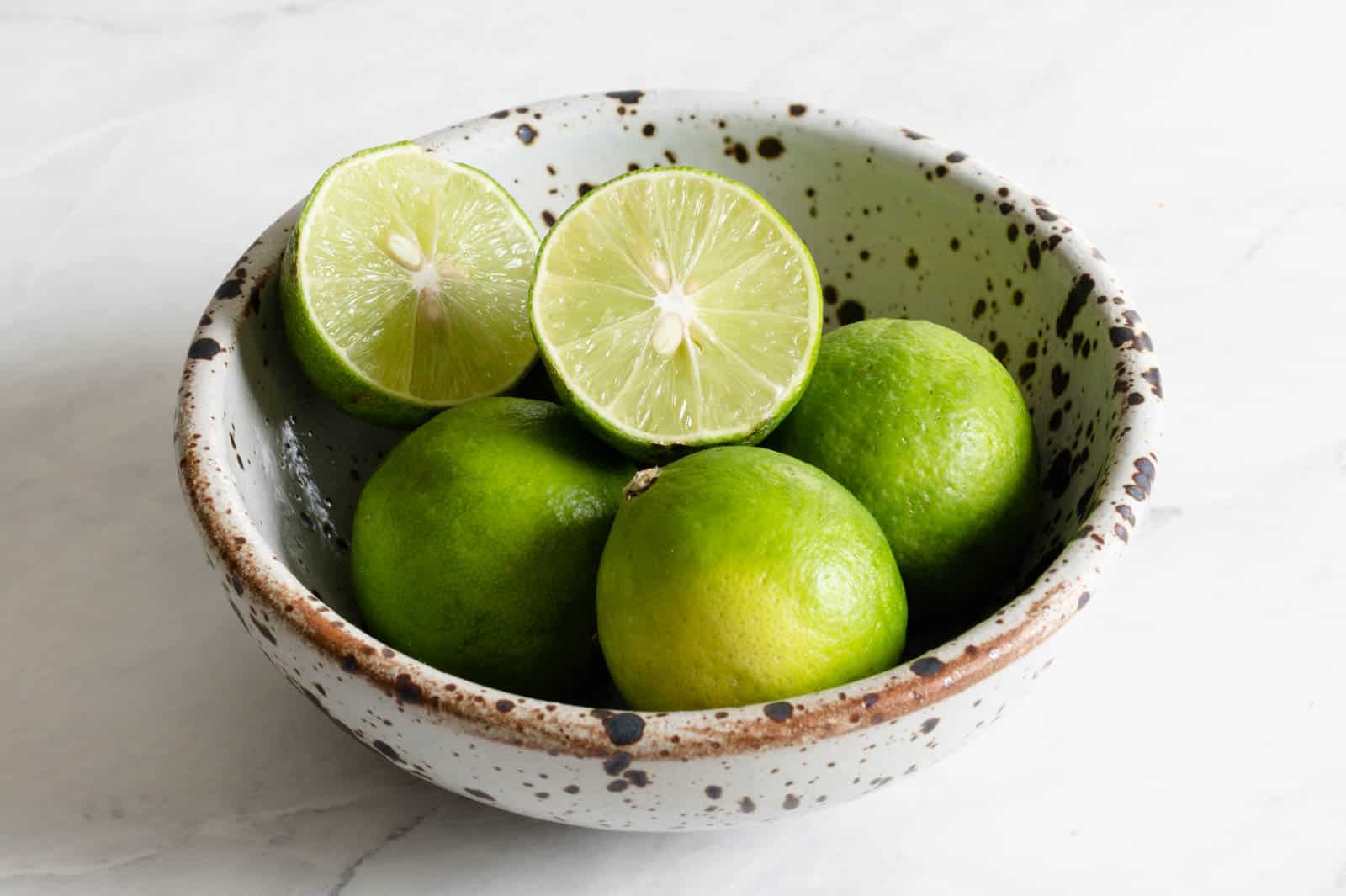
KEY LIMES
The lime, also known as the Mexican lime, is smaller than the more common Persian lime. Compared to the Persian lime, key limes are generally more tart and slightly floral, and the peel is very aromatic. Contrary to popular belief, a ripe lime is pale yellow rather than deep green (which would indicate that it needs longer to mature before picking!)
Can you substitute regular limes for a recipe that calls for key limes? Yes, you can substitute regular limes for key limes. However, I would not recommend using key limes in a recipe that calls for only regular limes. Since key limes tend to be more assertively tart, they are often used for sweet rather than savory dishes. Key limes are amazing for, you guessed it, key lime pie, but so is lime curd.
HOW TO SELECT AND STORE KEY LIMES
Choose key limes that are slightly yielding and preferably more yellow. They should not be rock hard or dark green. Store limes in the refrigerator for up to a couple of weeks.

tangerines
Tangerines are a broad umbrella term for many varieties of smaller, short-stalked oranges. Tangerines (mentioned below), satsumas, and clementines (often sold in mesh bags at the grocery store) all fall into the tangerines category. While the cultivars are all slightly different, they have varying shades of orange and are generally easy to peel with their loose-fitting skins. Seedless or not, the flesh is surrounded by a web-like white pith and is easily separated into segments.
Much of the local citrus I encounter is grown in Placer County, northeast of Sacramento; there’s even an annual Mandarin Festival in November. For more information on the types of tangerines (and other citrus fruits), check out this comprehensive guide from Simply Recipes.
HOW TO SELECT AND STORE MANDARIN ORANGES
Choose tangerines with minimal blemishes. Store tangerines at room temperature for a few days and in the fridge for up to a week. They can transform quickly, so don’t forget to eat them sooner rather than later.
RECIPES WITH MANDARIN ORANGES

MUSHROOMS
White button, cremini, portobello, oyster, shiitake, enoki and the list goes on. While nutritional benefits vary by species, mushrooms generally contain more protein and B vitamins than most other types of produce.
This versatile mushroom is well used in plant-based diets for its meaty flavor. In fact, mushrooms are a natural source of monosodium glutamate (MSG). I often use dried shiitake mushrooms as a great umami booster in my vegan recipes, like rice porridge or savory tang yuan.
CHOOSE AND STORE MUSHROOMS
In general, choose mushrooms with firm stems and tightly capped caps. Store in a paper bag in the refrigerator for up to a week.
RECIPES WITH MUSHROOMS

MUSTARD GREEN
Bitter with a peppery bite, mustard greens haven’t quite achieved the prominence of kale. That’s a shame, because mustard greens provide good amounts of folate and vitamins A, C, and K. Like other members of the cabbage family, the hot pepper flavor generally softens after cooking.
In Chinese cuisine, mustard greens (芥菜, transliterated as gai choy in Cantonese) are boiled, fried, or pickled in soup (often added as a topping for gua bao). Woks of Life has put together an in-depth guide to the different types of mustard greens and how to use them. Mustard greens are also commonly used in Indian cuisine.
HOW TO CHOOSE AND STORE MUSTARD GREEN
Choose mustard greens with crisp leaves and stems. Skip grapes with discoloration or holes. Store mustard greens in a plastic bag in the refrigerator for up to a week.
RECIPES WITH MUSTARD GREENS
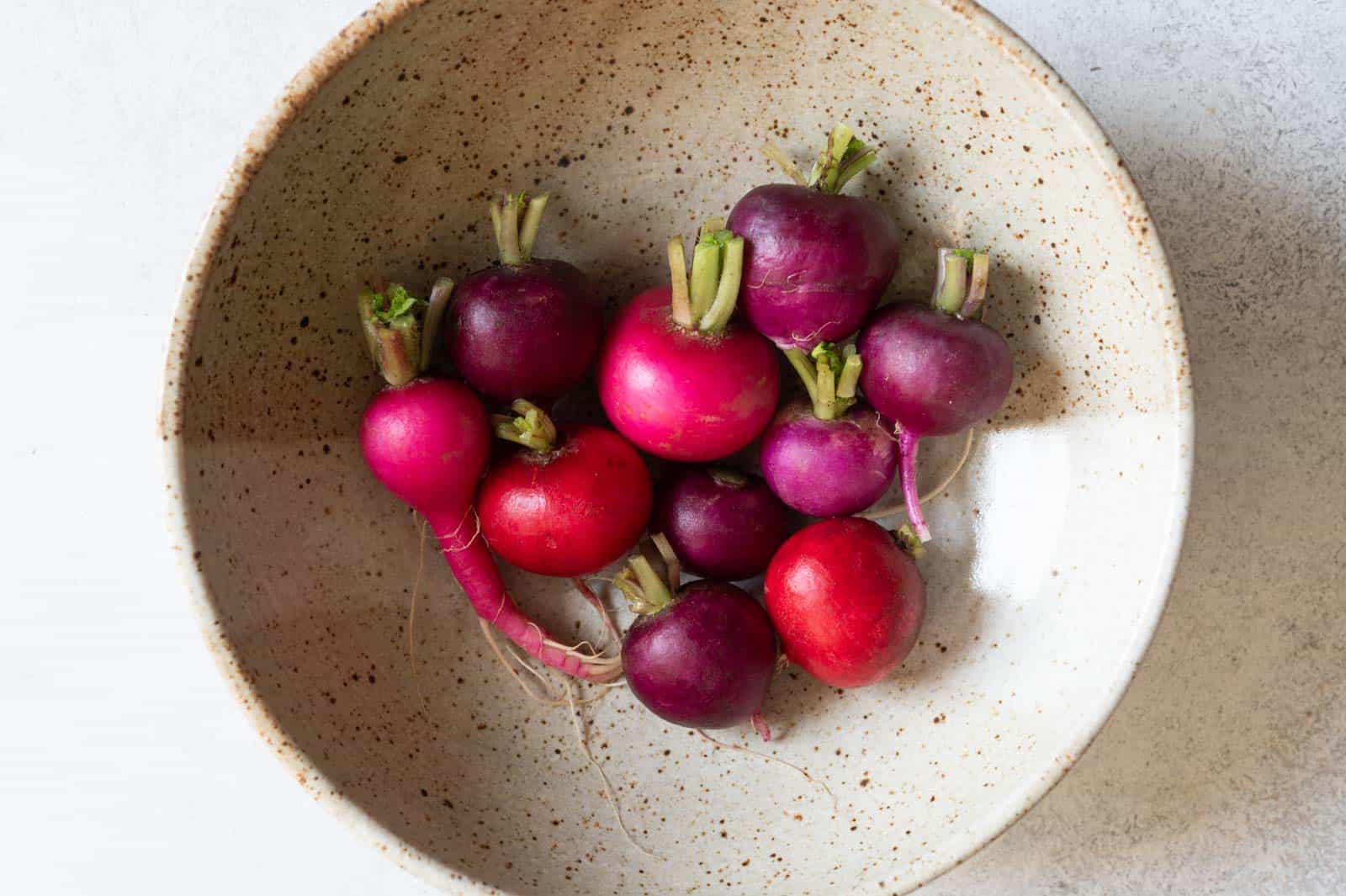
RADISH
Available in a variety of shades of pink, white, purple, and red, radishes are a bouquet of spring colors. While you can find larger radishes, the most tender radishes are generally the size of ping-pong balls. Popular in recent years, the French breakfast radish is deep pink in color and has an elongated tubular shape.
Radishes are a source of vitamin C, especially when served raw, and make a crunchy snack on their own or for dipping like chips. To reduce some of the flavor, you can put them in a pan or sauté them. Note that you can also enjoy the tops, which can be prepared in pesto or sautéed with olive oil, lemon juice, and a pinch of salt.
Note that daikon (also known as 蘿蔔 in Chinese) is a type of radish! You can read more about it here.
HOW TO SELECT AND STORE RADISHES
Choose radishes with smooth skin, without mushy or dark spots. If the green tips are intact, make sure they’re fresh and crisp, too. Store radishes in the refrigerator for up to a week.
RECIPES WITH RADISH
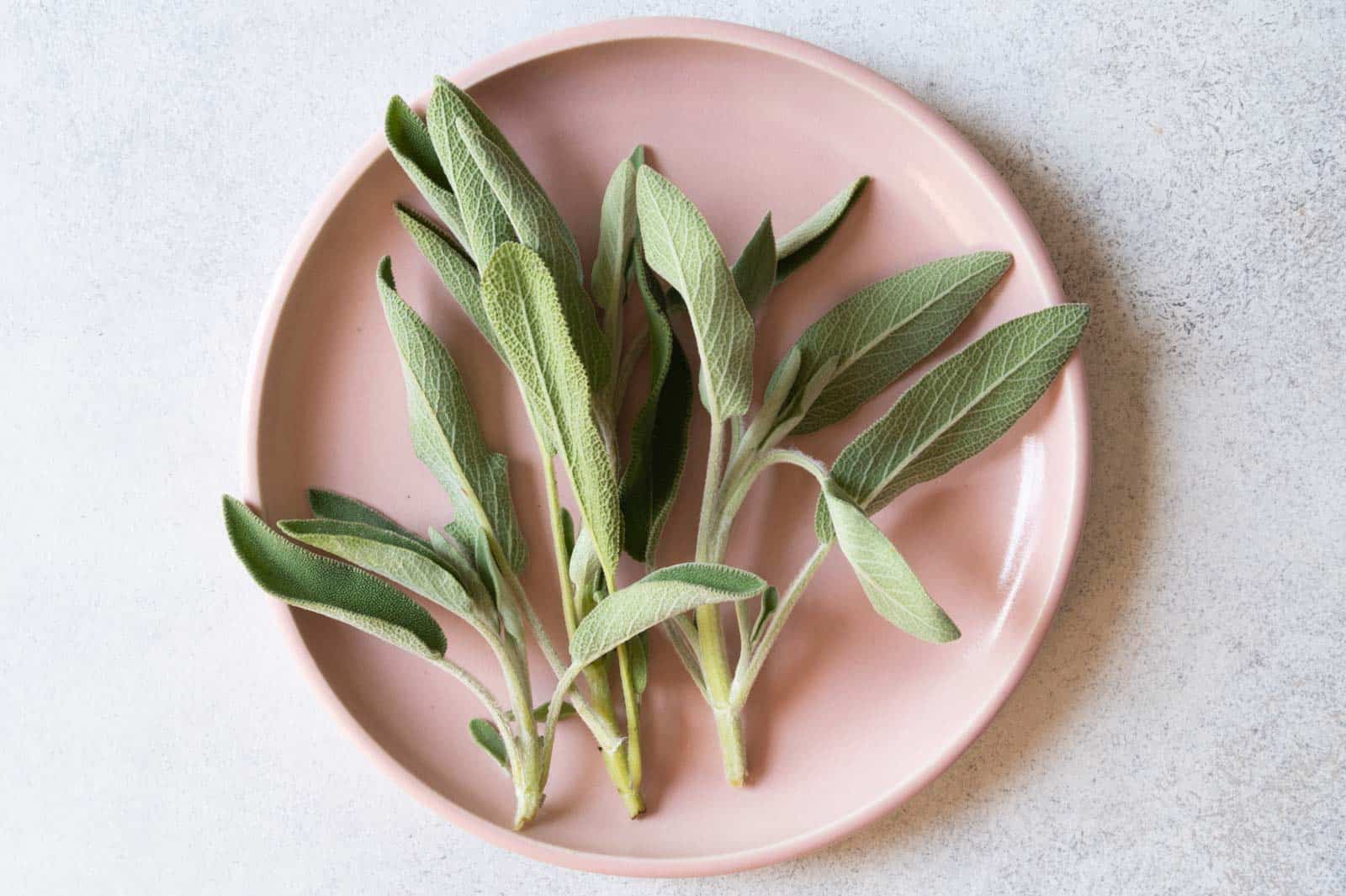
SAGE
Add a hint of sage and you’ll notice a heady, piney aroma that might be reminiscent of Thanksgiving stuffing. There are also yellow or purple varieties, but the silvery-green variety is certainly the most common. Sage goes well with savory dishes, as well as with apples and pears. Try some of this sliced in your scrambled eggs next time.
HOW TO CHOOSE AND STORE SAGE
Choose sage with tender leaves that are not damp or drooping. Store sage in the refrigerator for up to a week. Some sources recommend trimming the stems by an inch and storing the sage bunch in a glass of water on the counter, like basil. However, I have never tried this storage method.
RECIPES WITH SAGE
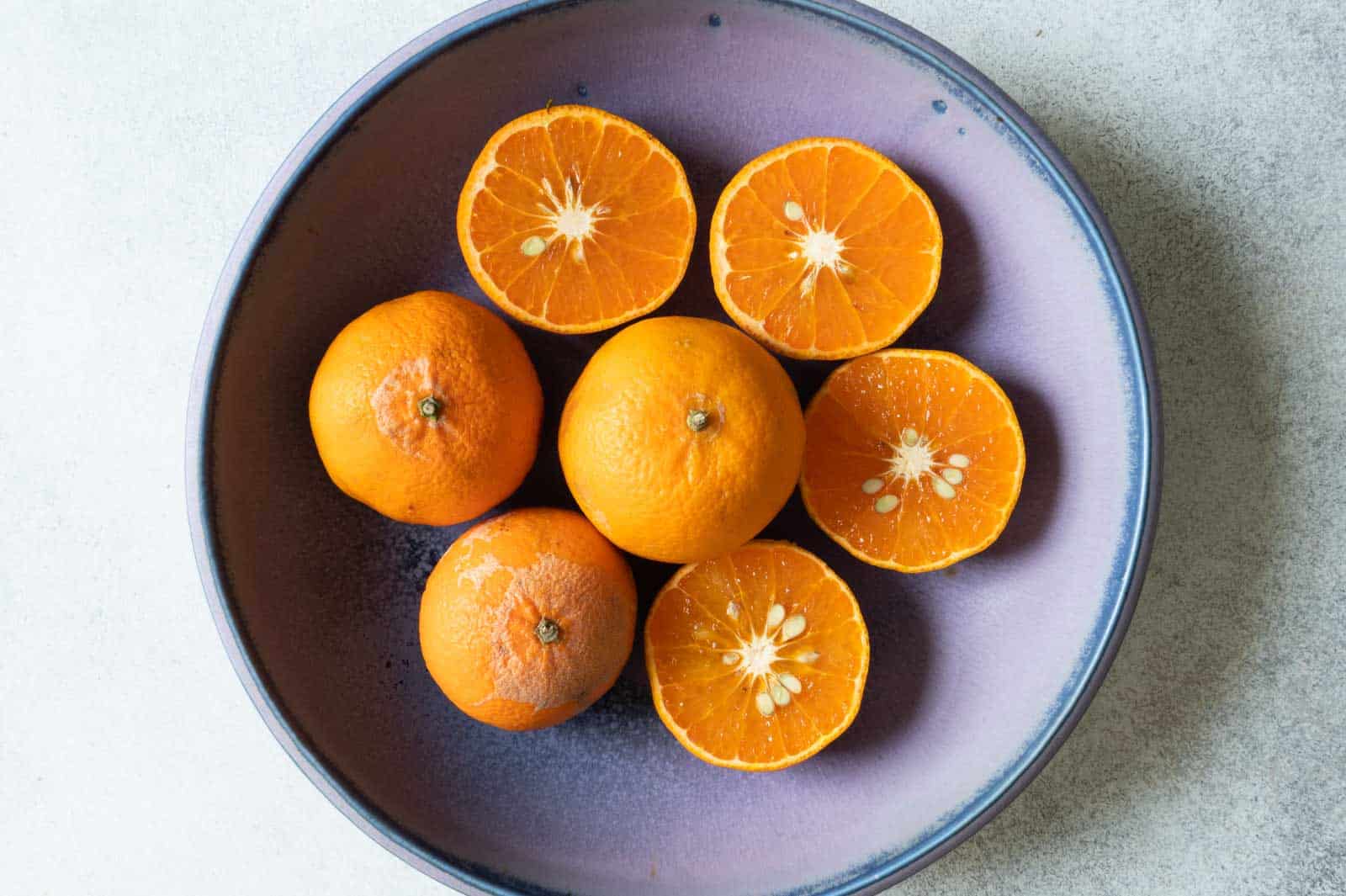
MANDARINES
Tangerines are a species of tangerine, albeit with a darker, often reddish skin and a comparatively stiffer skin. Nevertheless, these fruits are easy to peel, just not as easy as some of the other mandarin varieties.
In Chinese cuisine, tangerine peels are dried and referred to as chenpi. Sunwui (or Xinhui) in Guangdong province is known for making chenpi (pronounced chan pei in Cantonese). These tangerine varieties have a light green skin even when ripe. After drying, the peels turn dark and are used in cooking (in red bean soup and orange chicken) and in traditional Chinese medicine. You can also find sweetened chenpi in Chinese grocery stores, eaten as a snack.
HOW TO SELECT AND STORE MANDARINES
Choose tangerines without blemish or mushy dark spots. Store tangerines at room temperature for a few days or in the fridge for up to a week. Don’t wait too long, they can go bad quickly!

